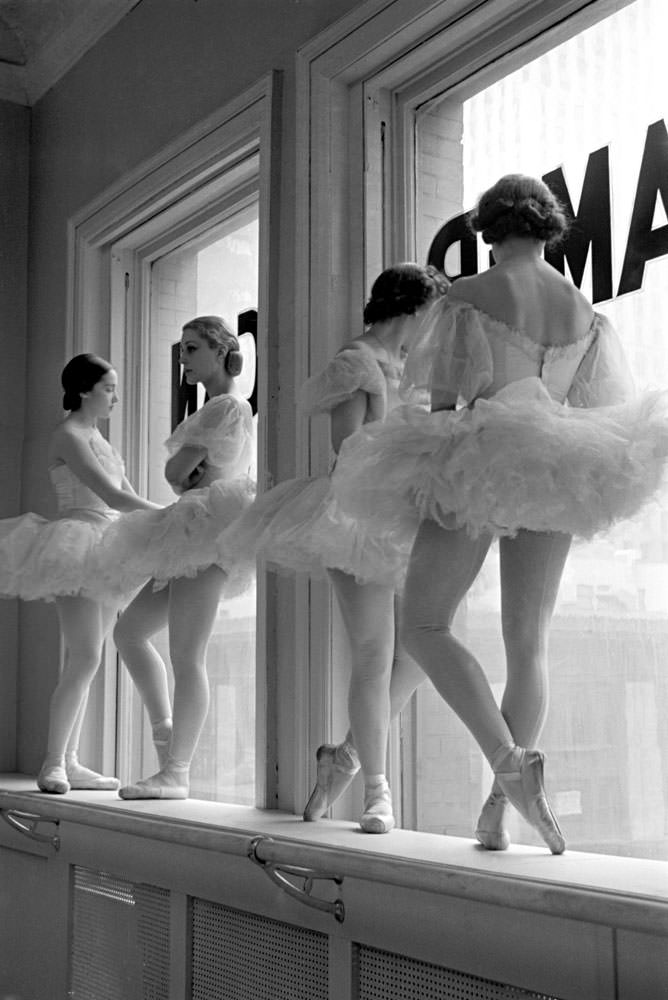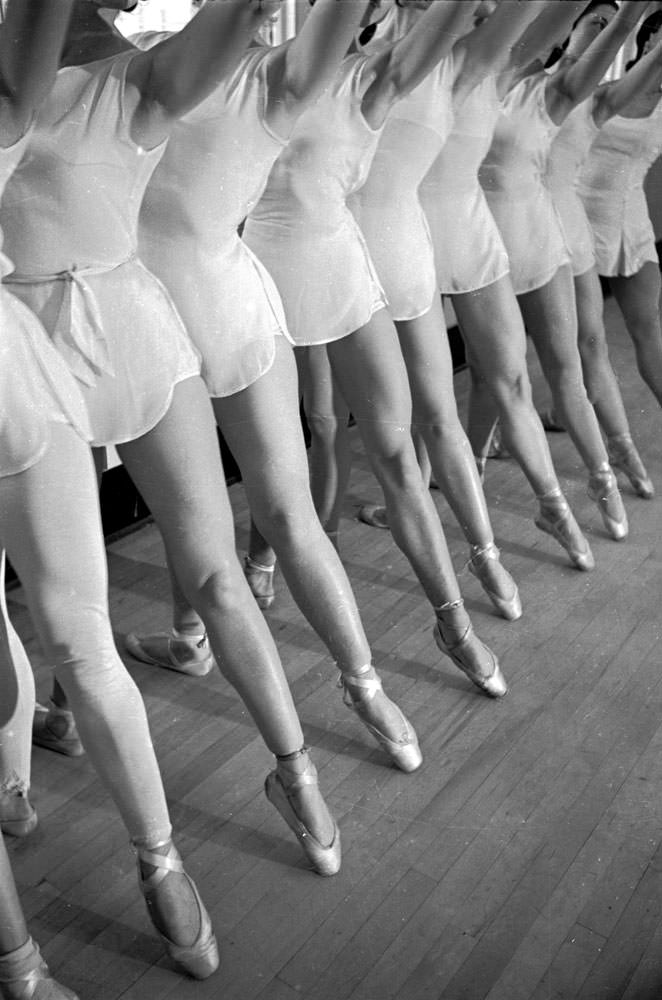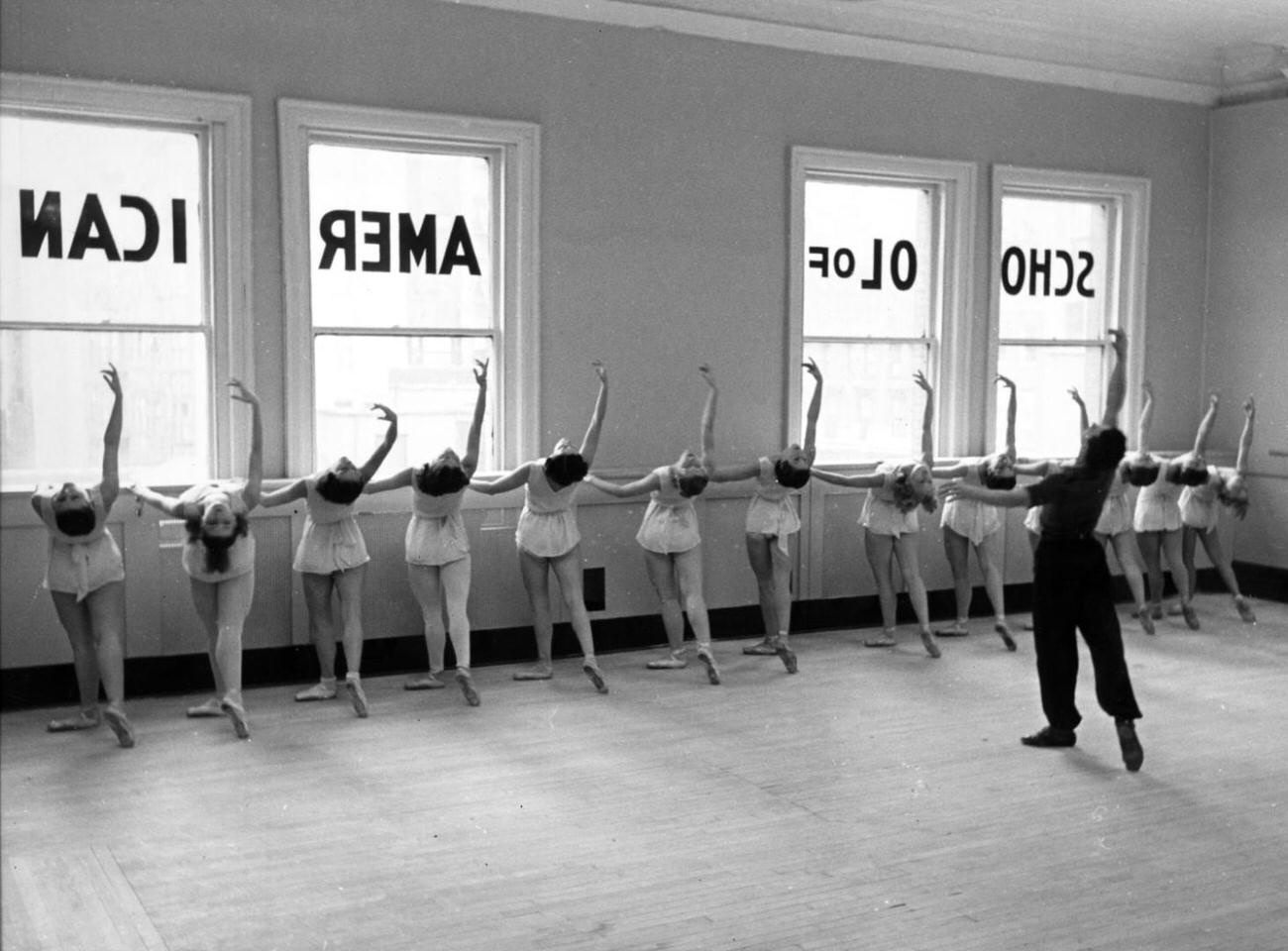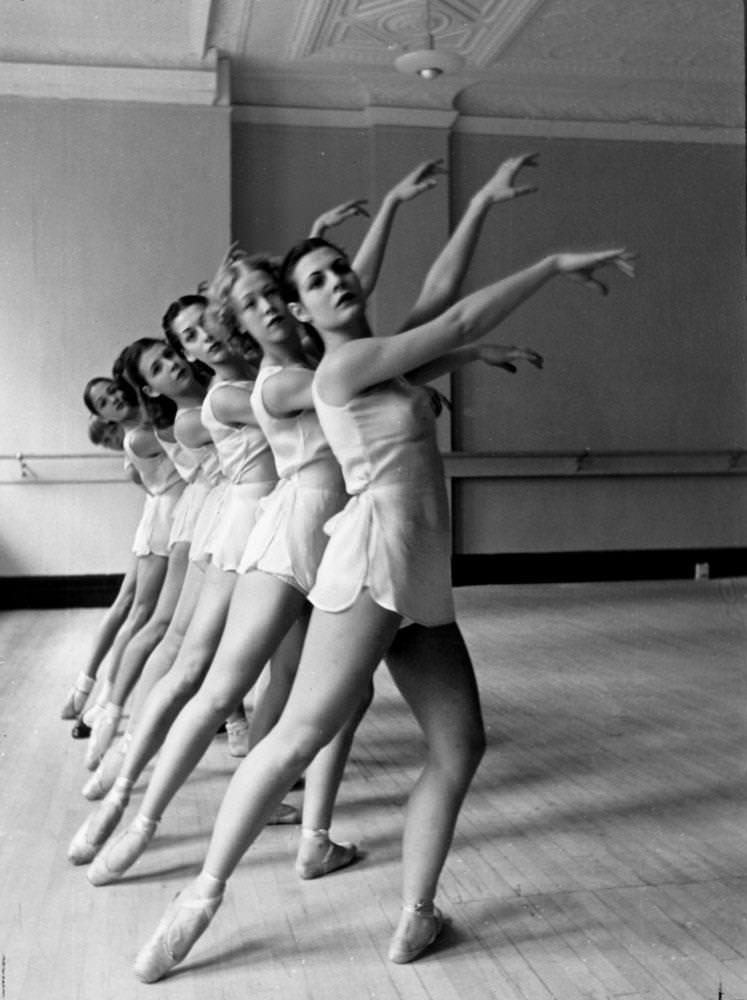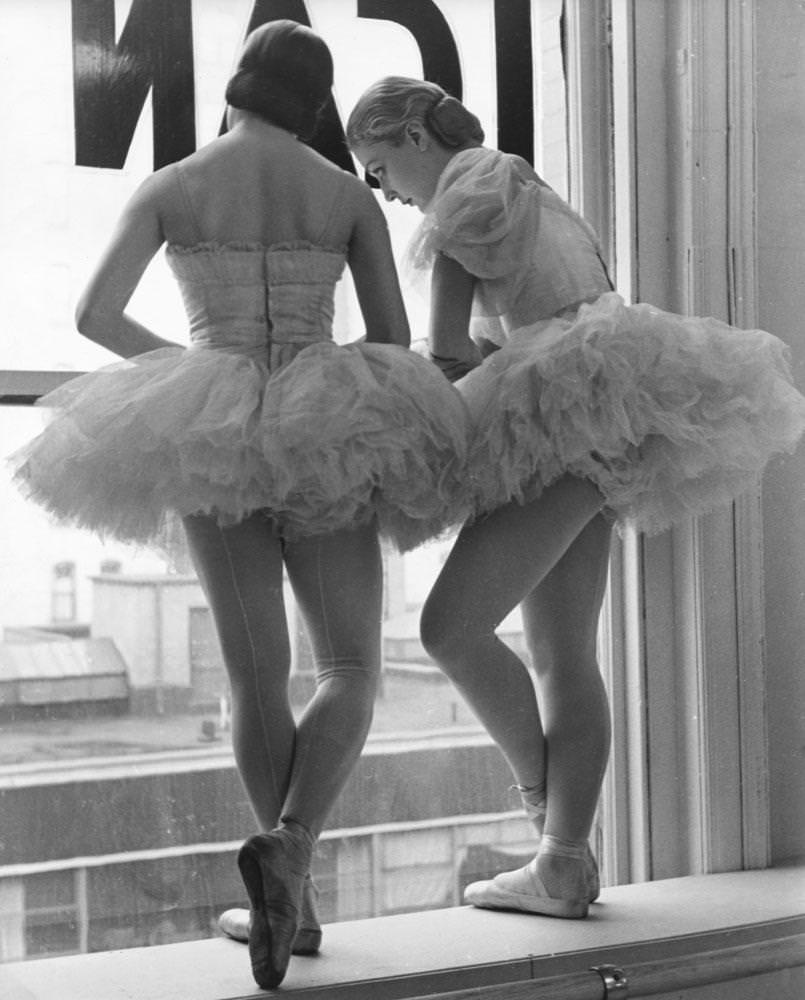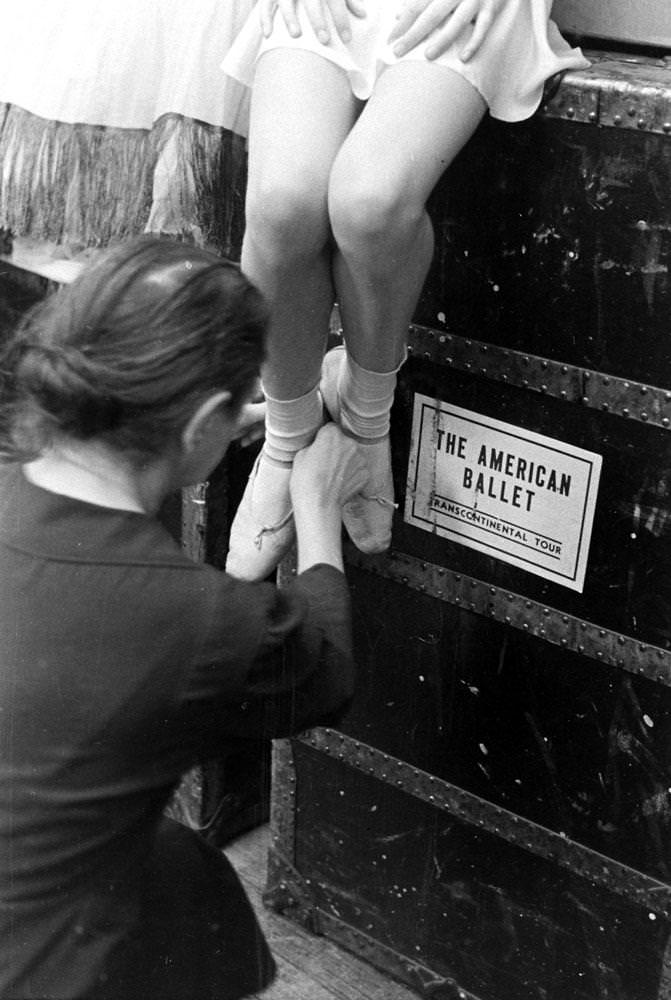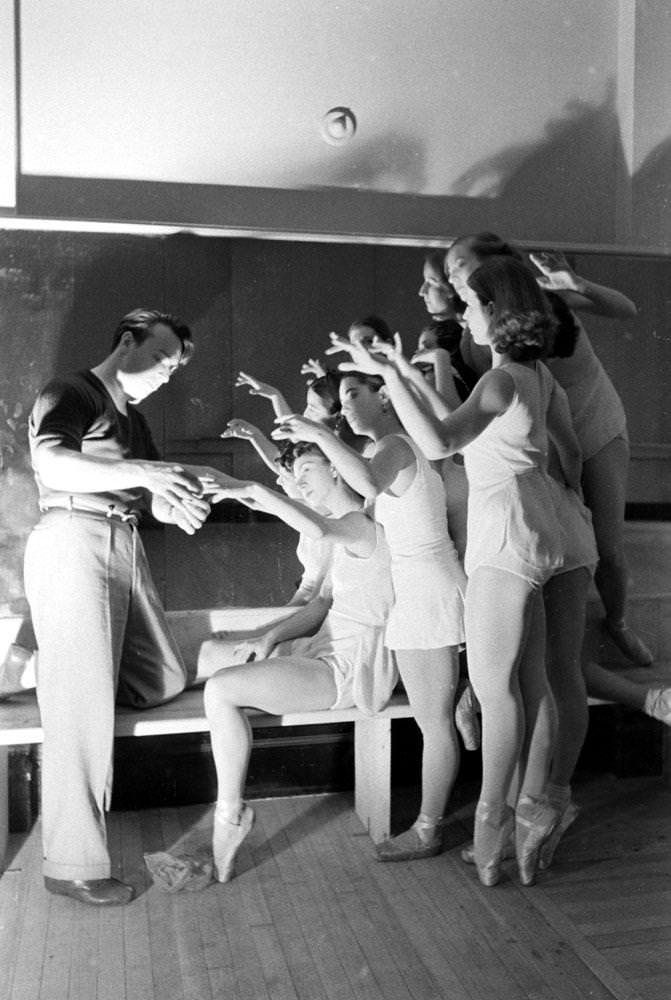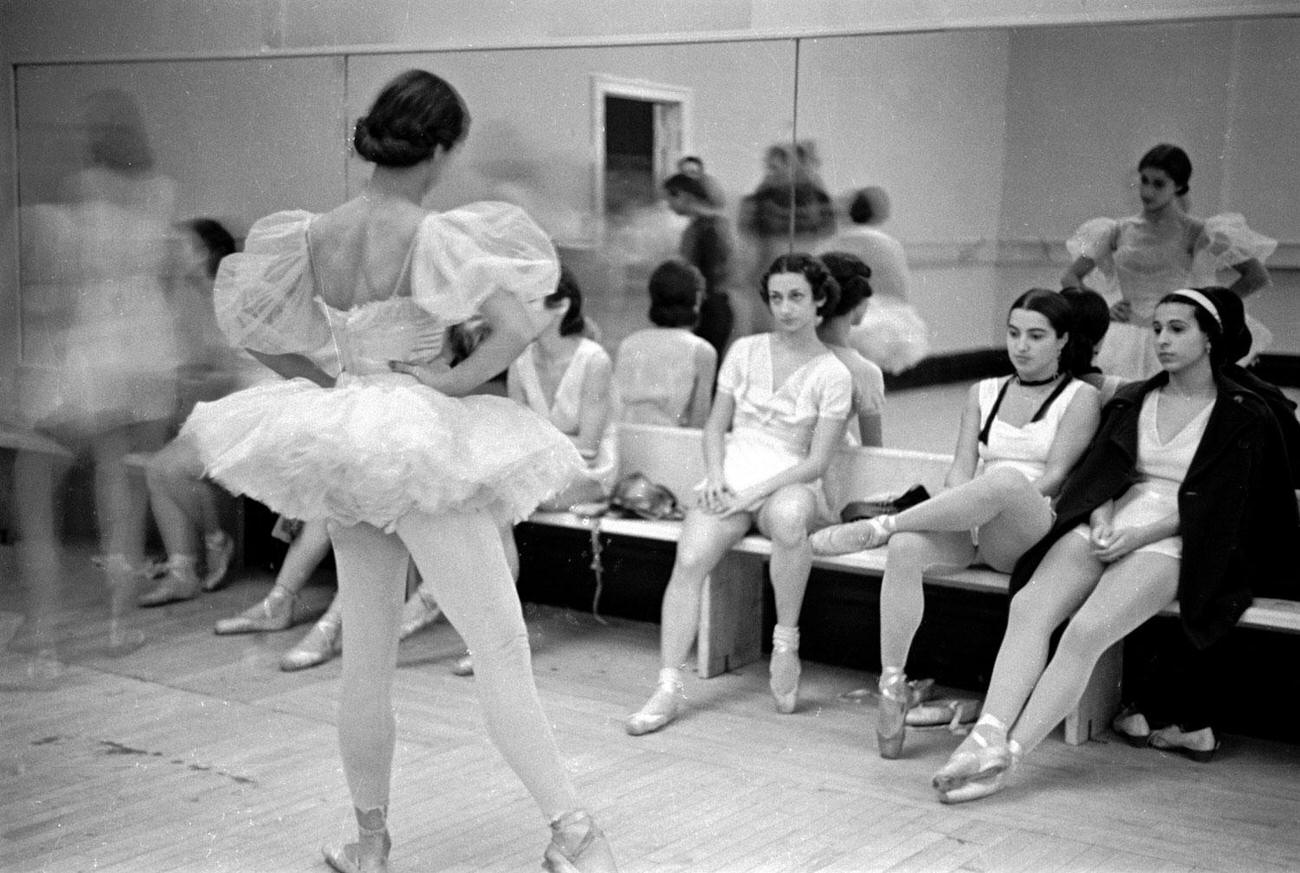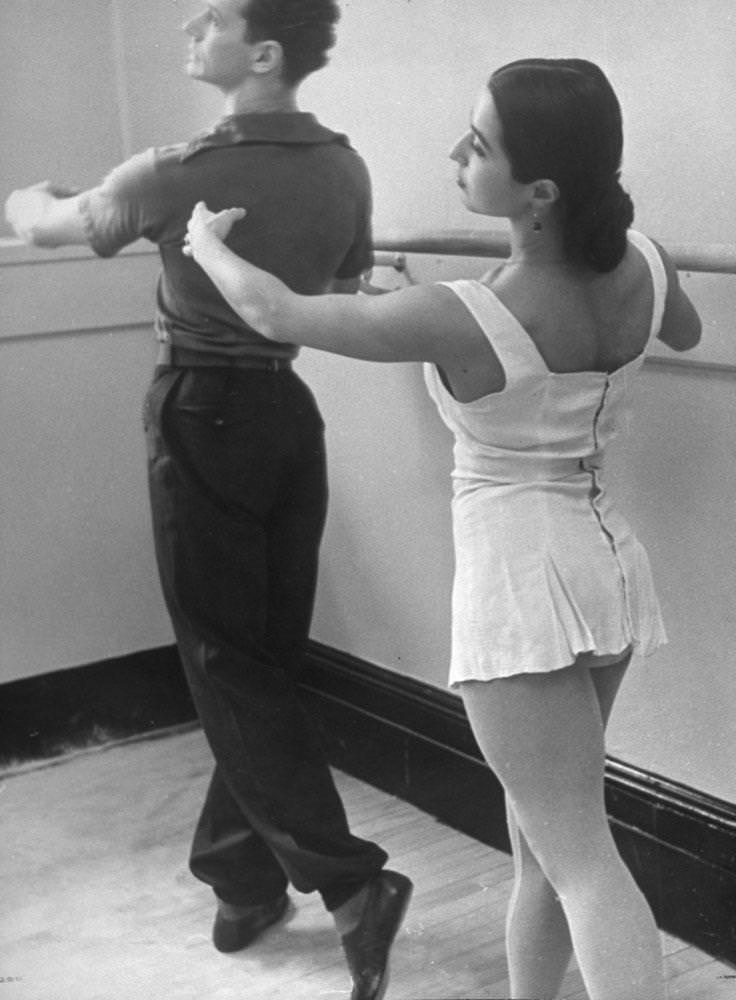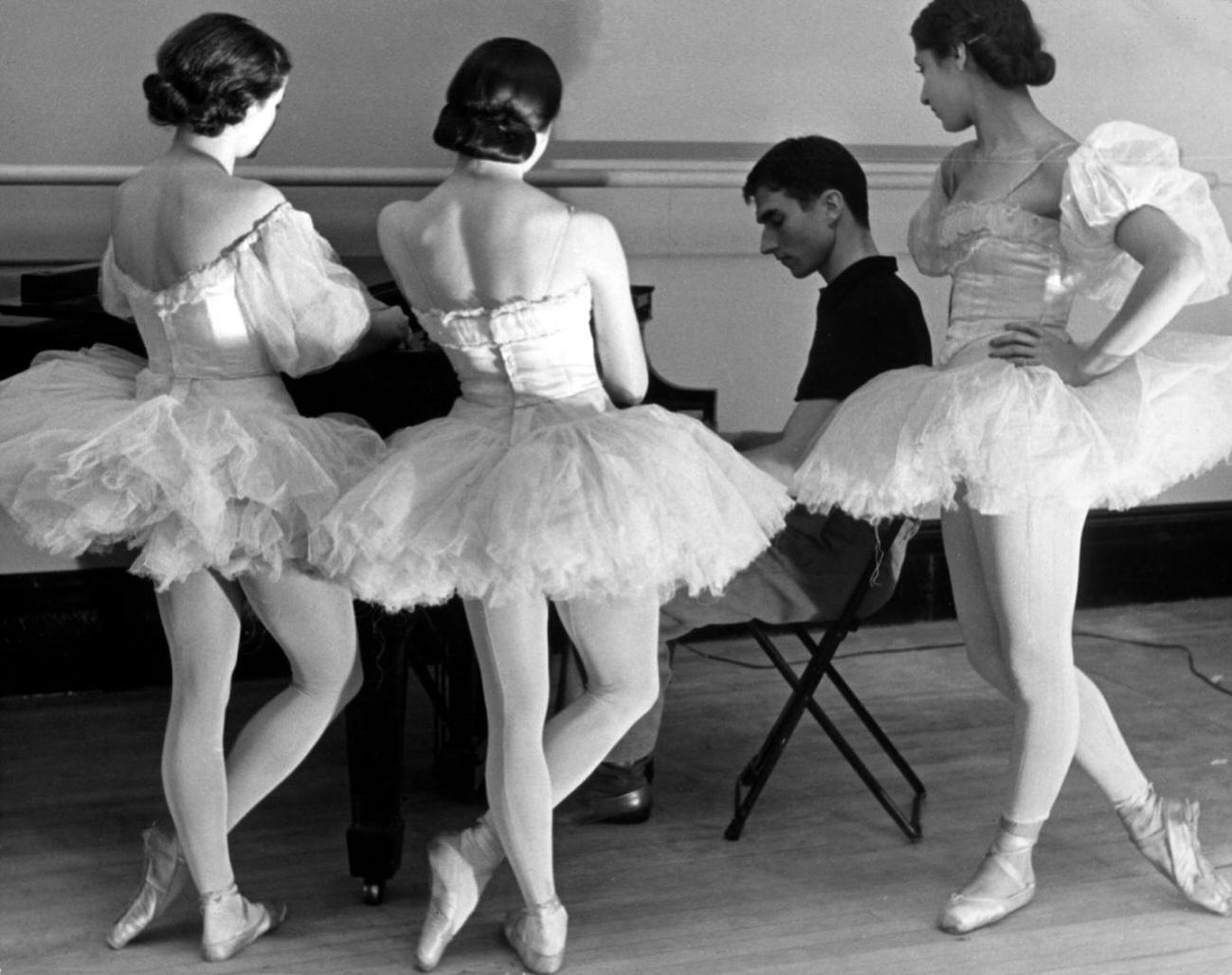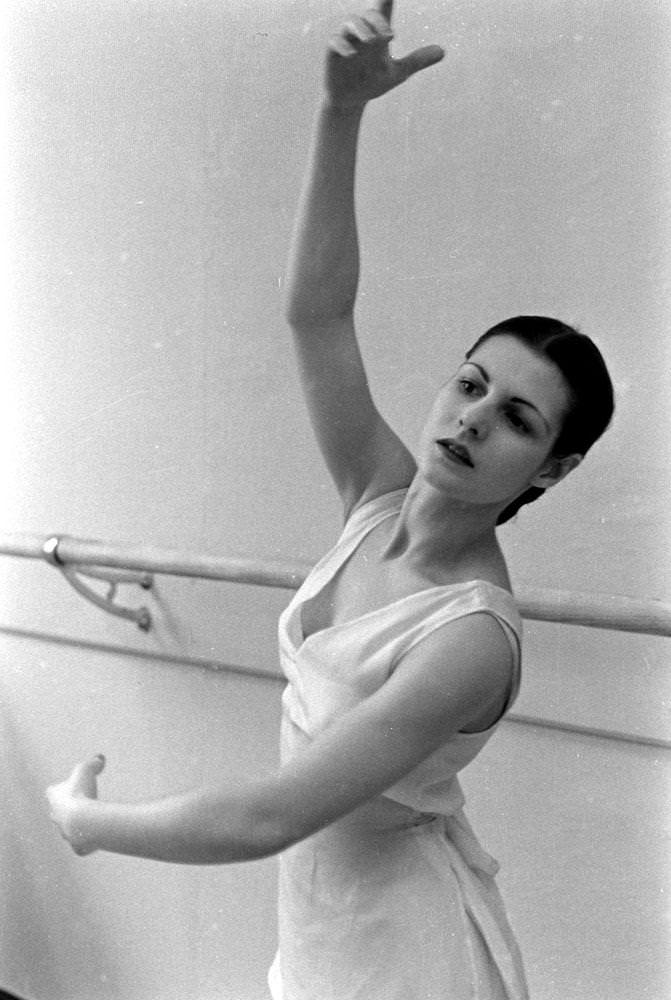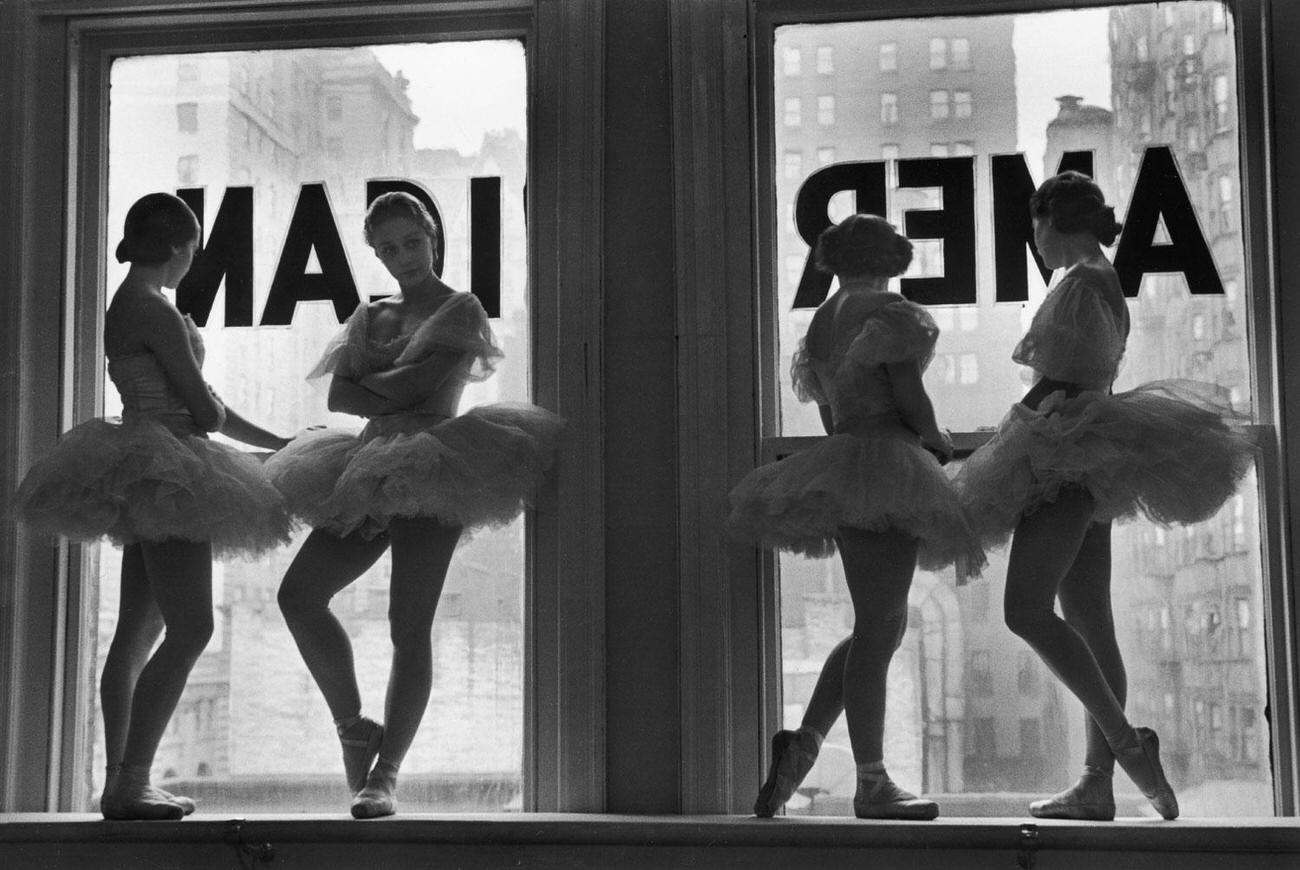In December 1936, renowned photographer Alfred Eisenstaedt captured a unique moment in ballet history at the School of American Ballet in New York City. His photo shoot for LIFE magazine showcased the dedication and artistry of young ballet dancers.
The School of American Ballet
The School of American Ballet was founded in 1934 by George Balanchine and Lincoln Kirstein. It aimed to train a new generation of dancers in the United States. Balanchine, a famous choreographer, believed in blending classical ballet with American influences. His vision helped shape American ballet and made it more accessible to the public.
In 1936, the school was still relatively new, but it was already making waves in the dance community. Students came from various backgrounds, eager to learn the art of ballet. The school focused on developing strong technical skills while also encouraging creativity and expression..
Read more
A Day in Rehearsal
During Eisenstaedt’s photo shoot, the dancers were hard at work. Rehearsals were intense and filled with energy. The atmosphere was a mix of focus and excitement as young dancers practiced their moves. Each dancer strived to perfect their technique while also expressing their individuality.
The rehearsals were a blend of structured training and artistic exploration. The young dancers practiced various ballet steps, including the plié and tendu. These foundational movements are crucial in ballet and require precision and control. The dancers worked tirelessly, often repeating combinations to improve their skills.
The Dancers’ Appearance
The dancers in Eisenstaedt’s photos had distinct styles that reflected the fashion of the 1930s. They often wore leotards, tights, and ballet slippers, which are still common today. However, their hairstyles and body types differed from modern dancers. Many of the girls sported softer, more natural looks compared to today’s more polished images.
This difference in appearance offers insight into the changing standards of beauty in ballet. During the 1930s, a dancer’s body was celebrated for its strength and softness. Today, dancers may be expected to adhere to more specific physical ideals. This shift highlights how the art form has evolved while still maintaining its core principles.
Despite these changes, the fundamental techniques of ballet remain constant. A plié is still a plié, and dancers continue to turn their legs out from the hips. These timeless aspects of ballet connect the past and present, showing how the art form has resisted change in key areas.


